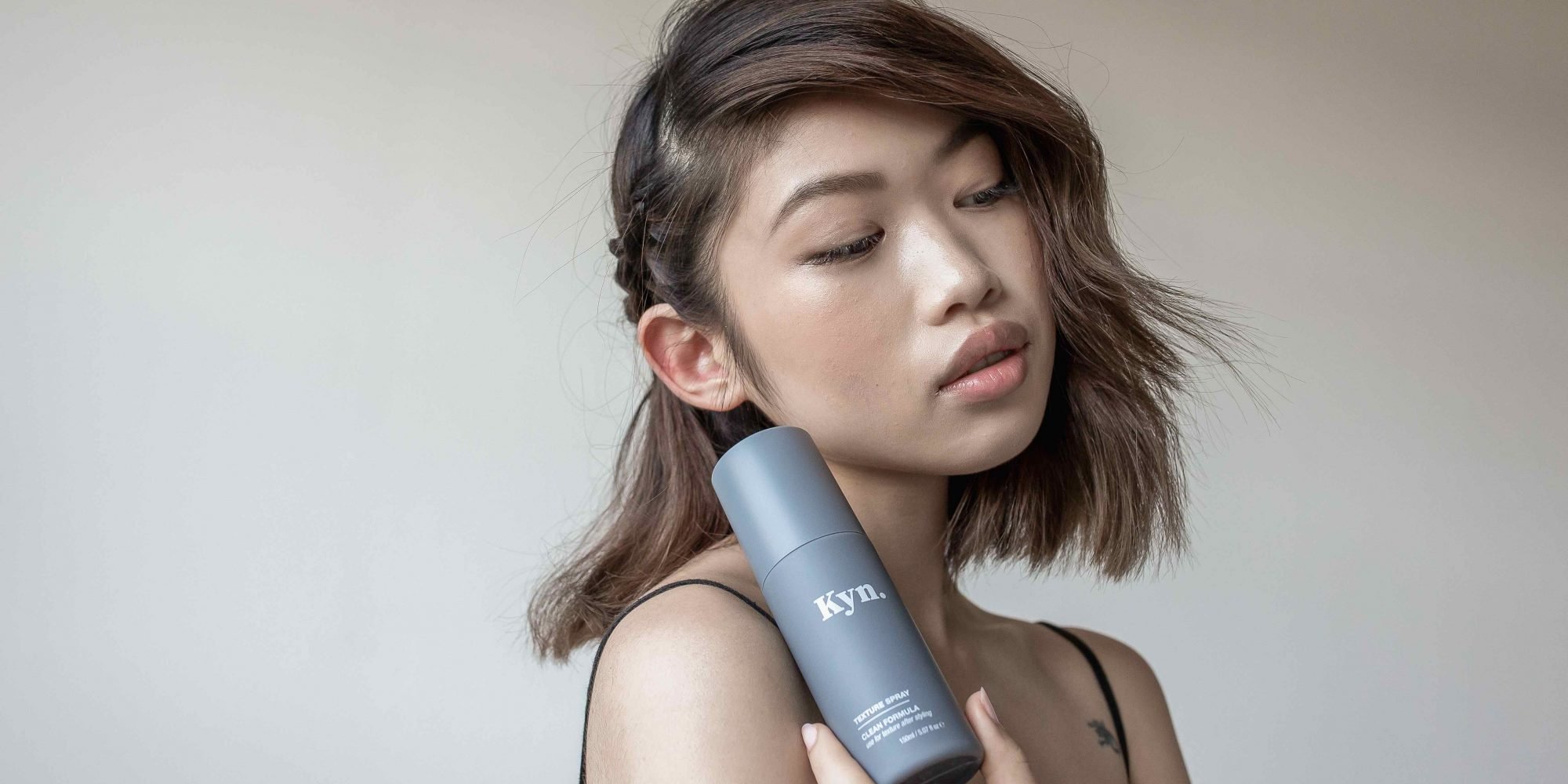
This Australian Clean Beauty Brand Incubator Is Shaping Trends In The U.S. Market
In October, Ulta Beauty and The Department Of Brands began discussing the possibility of the incubator developing a clean beauty haircare brand for its stores. Five months later, that brand, Kyn, rolled out across the specialty retailer’s nearly 2,000 locations.
Ulta didn’t even come close to maxing out The Department Of Brand’s speed-to-market skills. The Australian company can take products from concept to production in as little as two weeks, according founder Bex Gold. Certainly, a 30-day turnaround isn’t a problem for it.
“We have a massive library of base formulations that we do all the stability testing on. We are continually innovating and testing to bring new ideas to our retail partners and tweaking those ideas very quickly to launch products quickly,” she says. “We have a really strong team of chemists. We have a really good foundation of manufacturing that’s scalable, and we have a really strong distribution network.”
Established in late 2012, under-the-radar The Department Of Brands broke into retail four years ago in the United States with Brite Organix at Urban Outfitters. Today, the hair color brand is stocked by Riley Rose and Ulta in the U.S. as well as Priceline Pharmacy and Woolworths outside the U.S. Also in 2015, The Department Of Brands released The Spot Medic, a super adorable skincare brand carried by Priceline Pharmacy.
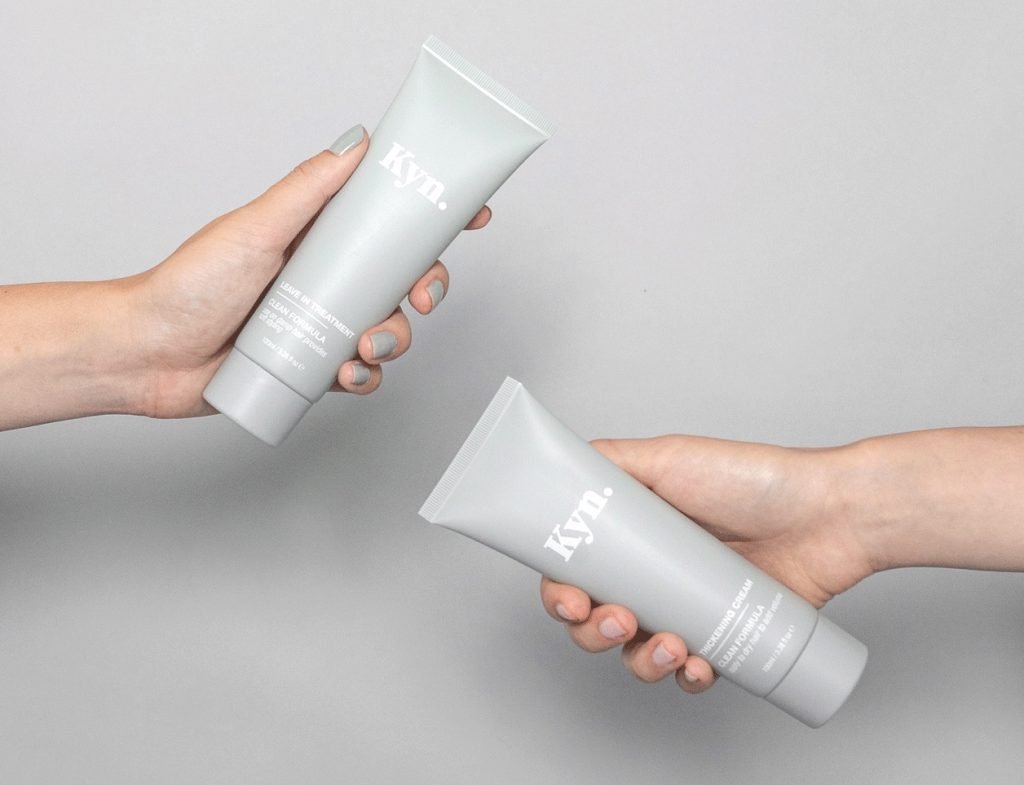
In 2017, The Department Of Brands added Bar None to its portfolio. The zero-waste brand resulted from Gold’s quest to create a conditioner bar that felt like conditioner from a bottle. Its products—Hydrating Conditioner Bar and Hydrating Shampoo—are available at Urban Outfitters, and a range of Bar None zero-waste hair accessories are in the works for Woolworths.
The commonalities between The Department Of Brands’ lines are they’re vegan, cruelty-free, affordable, trend-driven, Instagram-worthy and distributed to traditional retailers. “I see us as being able to provide ethical products to mass retailers that resonate with consumer trends,” says Gold. “If tomorrow everyone has to be gluten-free, we could provide products delivering on the trend for retailers and consumers with strong performance and accessible price points.”
“I see us as being able to provide ethical products to mass retailers that resonate with consumer trends.”
Prior to starting The Department Of Brands, Gold founded cleaning products specialist Cinderella, which was subsequently acquired by a manufacturer. The experience left her with tight connections up and down the supply chain that she’s leveraged at The Department Of Brands. The firm has seven employees, but Gold estimates over 50 people may be tapped at any given moment for a project. She says, “We have the personality of an indie brand, but the capability to supply mass retailers.”
Ulta sought to jump on the rising clean haircare category with Kyn. The brand has 17 products all priced at $16 or below, and among its early bestsellers are Purple Shampoo and Hemp Oil. Gold wanted to introduce a broad product roster with simple gray packaging at the outset for Kyn to appeal to a wide array of consumers. She explains, “Let’s say there’s an apartment and an assortment of flatmates in it with different genders and hair types. I wanted the products to be used by everyone.”
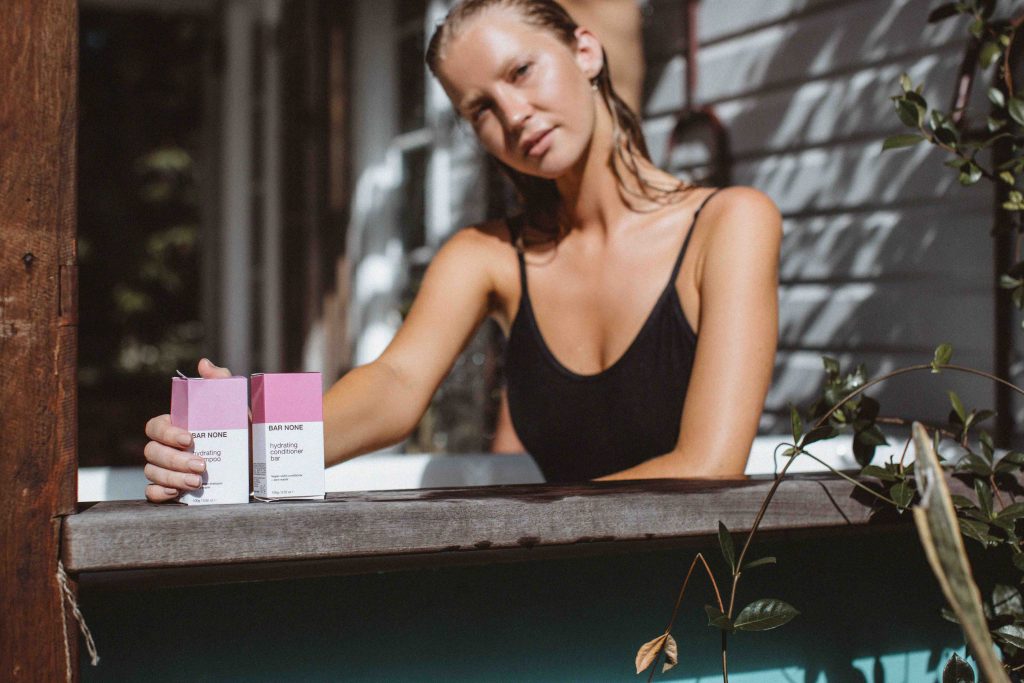
Social media has played a huge role in The Department Of Brands’ expansion. Retailers often discover it through Instagram, and it relies on the platform for inspiration and to spread the word about its products. However, Gold points out that it hasn’t shelled out for social media marketing or sponsored partnerships with influencers. Instead, The Department Of Brands has an unpaid influencer seeding program.
“We are not going to spend millions pushing out images to get people to pick up a product. They are going to pick up a product because it’s at an accessible price point and resonates with them in some way,” says Gold. “Hopefully, they’ve seen our activities on social media, and will come back and buy it because it works.”
“I’m not going to keep pushing out brands for the sake of it because I think each one needs love and support. We need to make sure we are growing sensibly, nurturing relationships and creating good brands.”
The Department Of Brands isn’t finished with a brand after its products hit shelves. It constantly iterates on items to improve them. In response to customer feedback, Gold mentions, for example, that the spray component in Kyn’s Dry Shampoo Mist may receive an adjustment to amplify spray volume.
Across its brands, The Department Of Brands’ products are sold at roughly 6,000 retail doors. Brite is its biggest brand, but Gold indicates Kyn and Bar None will be formidable future sales contributors to the company. She declined to specify The Department Of Brands’ revenues. “We have been fortunate to have growth every year,” says Gold. “We have been profitable since year one and have had significant turnover in revenue.”
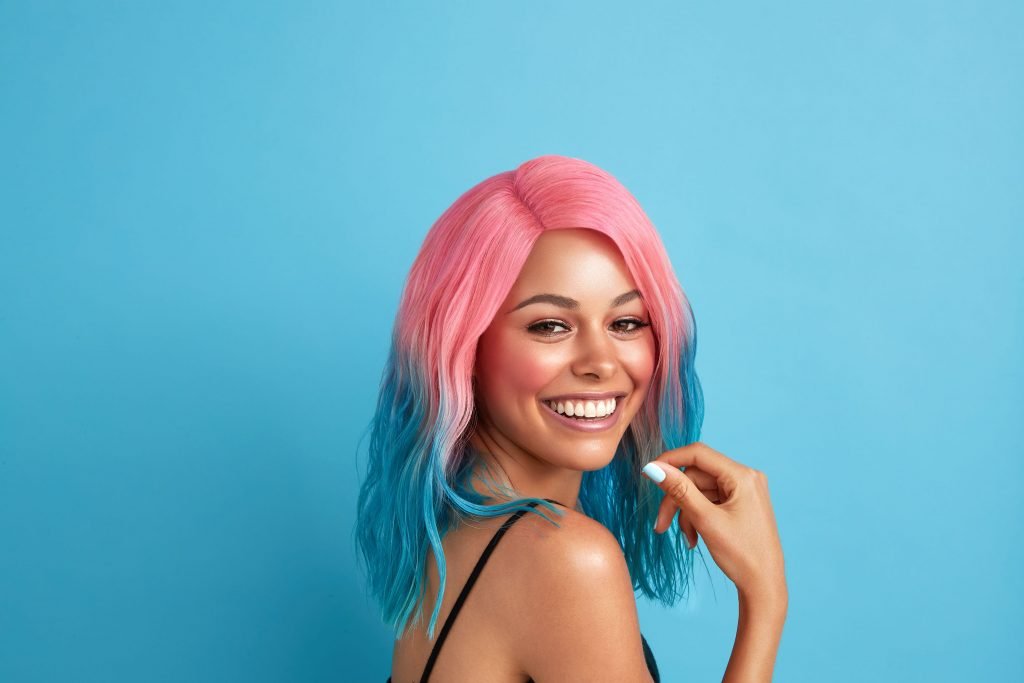
Although The Department Of Brands isn’t necessarily done erecting brands, its attention is largely shifting to building the momentum of its existing stable. To help guide its new phase, Gold is considering striking a deal with an investment partner.
“I’m not going to keep pushing out brands for the sake of it because I think each one needs love and support. We need to make sure we are growing sensibly, nurturing relationships and creating good brands,” she says. “Definitely, from a business point of view, it’s an interesting time for me. It’s the first time I have looked back and thought, ‘What is the best direction for us moving forward to make sure there’s enough support?’”


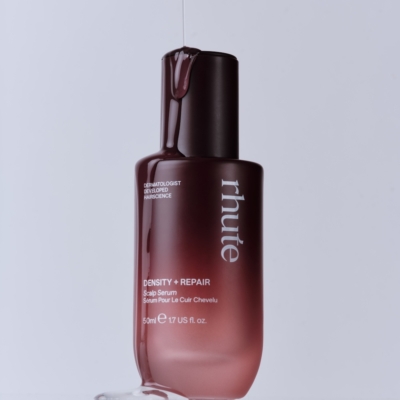
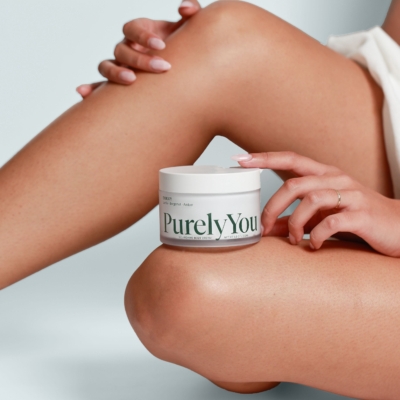
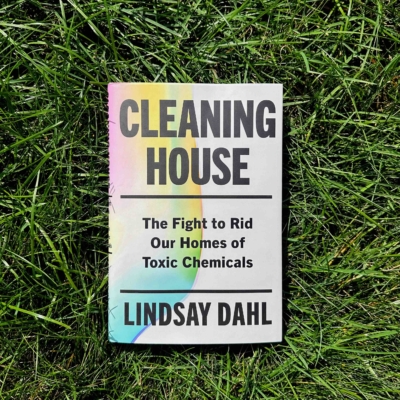
Leave a Reply
You must be logged in to post a comment.